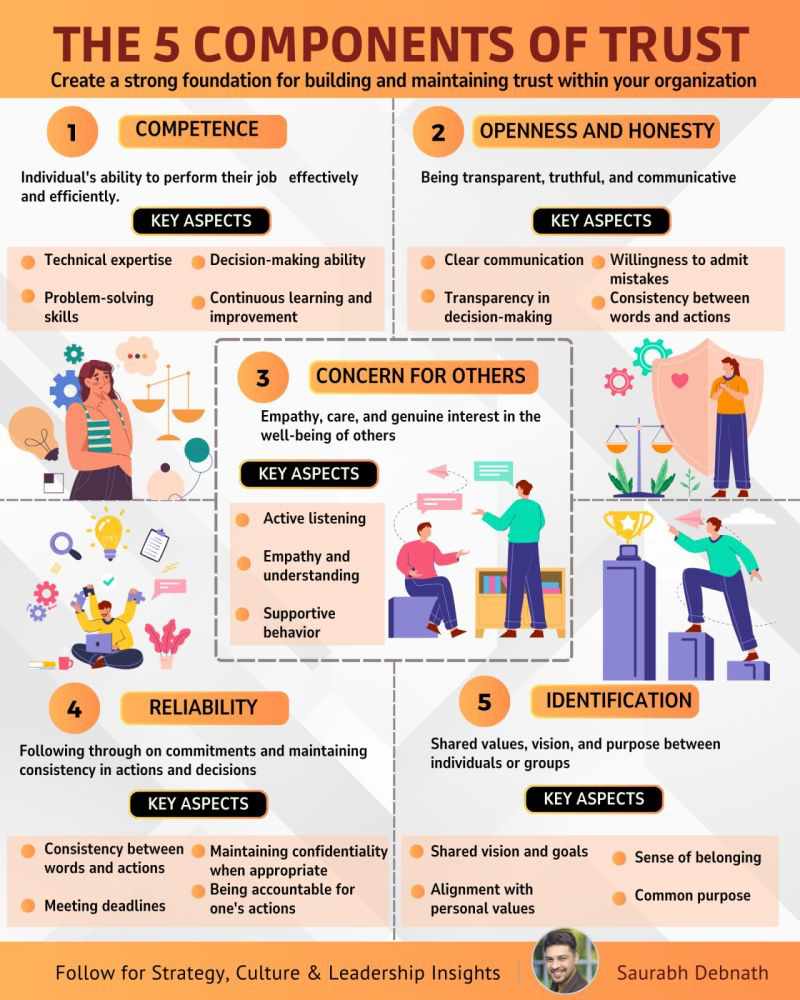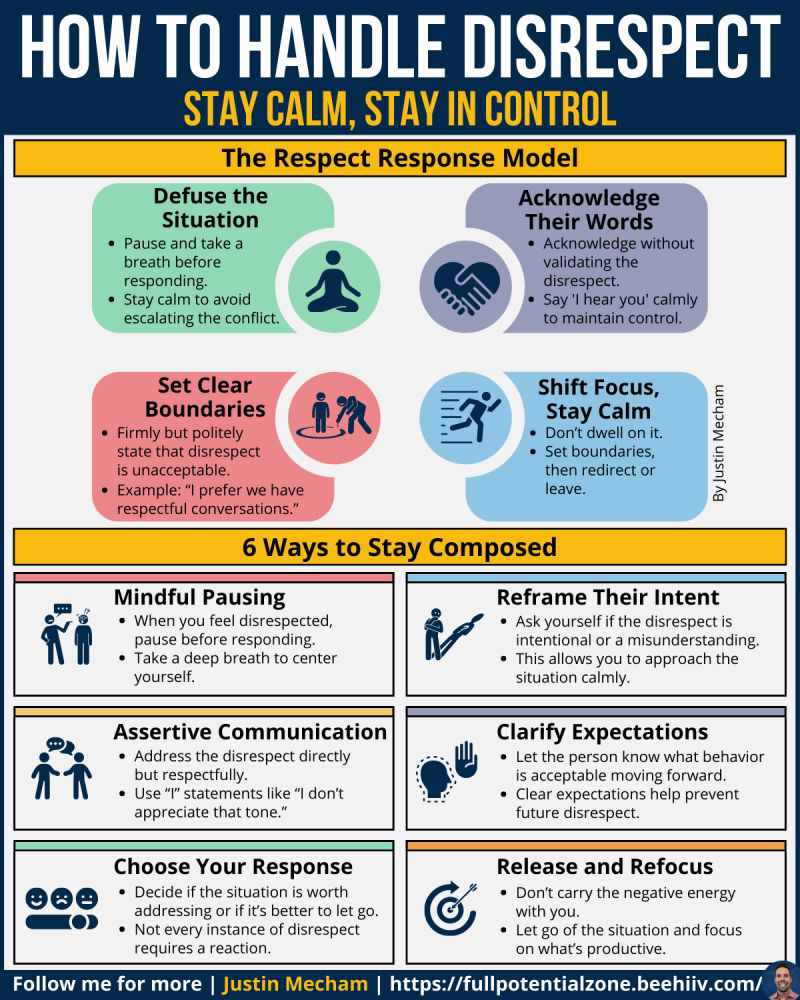Partnerships are the lifeblood of any enterprise. Defined as an arrangement between multiple parties to cooperate to advance their mutual interests, they take many forms. Partnerships can include investors/companies, suppliers/distributors, employees/employers, JVs, strategic alliances, etc. On the surface, the need for these relationships to succeed seems obvious, but many times they don’t. So then, why do partnerships fail? The stats are staggering and range anywhere from 50% to 70%. What starts as sincere intentions to achieve value-creating outcomes can quickly descend into chaos and ultimately break apart, resulting in failure. Additionally, building partnerships globally creates its own set of challenges. Cultural differences layered on top of individual personalities, unique business norms, and shifting agendas add new levels of complexity. These complexities also increase the risk of partnership failure. Building solid foundations for balance, harmony, and parity remains the core challenge for any partnership development team. In this article, we outline why business partnerships tend to fail. Drawing on my experience in partnership development for multiple decades, we examine some of the key factors using real-world examples. We then offer 4 easy ways to avoid the trap of partnership failure. Be sure to follow us on LinkedIn. Now let’s get started.
A Global Partnership Perspective
My views reflect decades-long experience in developing business partnerships around the world. I’ve experienced the challenges of being on the frontlines of partnership development for various organizations. These organizations have included SWFs, venture companies, and family offices involved in an eclectic mix of industries and regions undergoing various development stages. I’ve worked in frontier markets such as Mauritania, Turkmenistan, Tunisia, and Libya I’ve also worked in emerging consumer societies such as the Philippines, Indonesia, Senegal, Nigeria, Brazil, India, China, and more developed markets such as the UK, Japan, South Korea, and Switzerland. The industry mix has been just as diverse, with industries such as biotech, hospitality, automotive, private aviation, agriculture, financial institutions, oil & gas, and many others. Partnership structures have ranged from investment (minority/majority), product distribution, strategic alliances, knowledge transfer, capacity building, etc. Fortunately, success outweighed failures.
Global Business Development Activities
Partnership Failures from the Trenches
Reasons for failure vary but conceptually fall into three overarching themes: people, resources, and goals. It’s critical to understand these themes and ensure partnerships are structured to mitigate risk in these core areas. Let’s dive in.
People
The success of any business partnership is a function of the people involved. Partnership teams, management, the Board of Directors, shareholders, etc. are simply groups of individuals. Instances where I failed stemmed from mismatched values, unclear roles, or ineffective communication. These weren’t uncommon. There was also a misalignment in work culture and decision-making styles on both sides. This often led to conflict, eroding trust and collaboration. Personal biases, large egos, or a lack of interpersonal chemistry further exacerbated tensions. Leadership inconsistencies—such as when one partner is proactive while the other is passive—did create imbalances, stalling progress. As a partnership lead, challenges in influencing internal leadership and decision-makers due to internal politics also hindered progress. Inadequate stakeholder engagement, particularly when teams didn’t feel invested or informed, fostered resentment and undermined collective effort. These examples were most evident when working with a leading East Asian downstream player representing the lead investor. It was a company undergoing a great deal of internal conflict, a highly competitive environment, and challenges on allegiance to shareholders. This partnership encountered significant turbulence and ultimately failed. Over time, the key stakeholders involved failed to establish mutual respect, transparency, and a shared commitment to success.
Resources
Resource mismanagement was also a common pitfall during my partnership development work. In certain instances, our principals were always well-resourced, hence the interest of many seeking to build relationships with our organization. More often than not, it gave us leverage in the relationship. However, the lack of adequate financial capabilities with our counterparties and insufficient infrastructure created significant friction. There was always an expectation that we would bear a disproportionate share of costs. Key examples included distribution partnerships and hospitality investments. This began to build resentment, ultimately threatening collaboration. This was always the case, even when partners were themselves well-resourced. Additionally, over-reliance on our resources and expectations of funding did destabilize many relationships. From experience, it was clear that partnerships thrive on balance, and when resources are not fairly contributed or leveraged, the foundation for mutual benefit deteriorates.
Goals
Unclear, conflicting, or evolving goals were a major driver of partnership failure. Working through the development of various partnerships, this was a frequent occurrence. Misaligned visions, which were often present, led to disputes over priorities, investment decisions, or the direction of the collaboration. This was the case as I developed distribution partnerships for FMCG as well as made an investment into a leading European restaurant group. Without clearly defined objectives, we wasted resources and failed to measure success effectively. Partnerships often unravel when goals shift without mutual agreement, leaving one partner feeling blindsided or undervalued. Unrealistic expectations, especially regarding timelines or returns, set us up for disappointment. Additionally, the restaurant group’s buyer did not uphold the condition of adhering to the ethos of the seller. It’s important to remember that differing long-term strategies—such as one partner aiming for growth while the other seeks stability—create an underlying incompatibility that often becomes irreparable over time. Shared, well-defined goals are crucial for sustaining momentum and trust.
My Top 5 Reasons for Partnership Failure
For the many professionals involved in partnership development, our war stories are all different, but they shape our perspectives. When partnerships fail, many micro reasons can snowball, leading to negative outcomes. However, as mentioned, people, resources, and goals tend to drive partnership success or failure. In understanding how to avoid the trap of partnership failure, we outline my top 5 reasons why partnerships fail.
Lack of Internal Clarity
When partnerships fail, the seeds are usually planted at the outset and there is a failure to develop a clear set of internal objectives. At the highest level, there is some fundamental business logic involved in choosing a particular partnership path. Validating the business case, in theory, should be a simple undertaking. However, agreements are signed, and the partnership begins without adequately vetting the company, vetting the business model, or vetting the market. Not vetting partners can have disastrous consequences. Causes for this apparent lack of clarity can vary but include malignant influences, poor internal stakeholder management, or just old-fashioned hubris. Once this lack of internal clarity exists, it is almost impossible to avoid the trap of partnership failure. Teams should strive to work through the process of forming internal clarity before embarking on the partnership. The time frame can be days or weeks, depending on the circumstances. At the highest level, there is some fundamental business logic involved in choosing a particular partnership path. Validating the business case, in theory, should be a simple undertaking. However, agreements are signed, and the partnership begins without regard for adequately vetting the company, the business model, or the market. Not vetting partners can have disastrous consequences. Causes for this apparent lack of clarity can vary but include malignant influences, poor internal stakeholder management, or just old-fashioned hubris. Once this lack of internal clarity is present, it is almost impossible to avoid the trap of partnership failure.
Misaligned interest
The initial lack of clarity undoubtedly leads to an outcome of misaligned interest. While the honeymoon stages of a partnership will sometimes mask these risks, longer-term engagement will reveal them. It gives rise to the proverbial blame game. Understanding the true motivations of your counterparty can be a difficult read at times. Recognize that throughout the life span of a partnership, interests, and objectives will converge and diverge. We expect shifting goals and priorities as an organization grows and evolves. Developing effective mechanisms to manage these ebbs and flows to realign interest is the key to a sustainable and successful partnership
Sheer Incompetence
Partnerships risk due to the level of team competence is sensitive but is worth discussing. Ideas are great, but it’s the execution that matters. Poor execution usually leads to partnership failures. I’ve witnessed partnership failures due to sheer incompetence from both sides. Poor management, suboptimal resource allocation, organizational inertia, intense politics, and poorly skilled teams can contribute to a partnership collapse. Additionally, frequent vacillation by decision-makers can quickly derail partnerships that normally would offer enormous potential. Opposing forces can sometimes take on a life of their own, threatening the guardrails established to maintain the alliance. To manage these crises, it’s important to develop multiple plans (B, C & D). Most importantly, if a firm conviction exists in the partnership, alternative strategies are essential to keep it on track.
Lack of resources
Lack of resources is a common struggle for many partnerships. Resources are not just about money but people as well. Lack of that internal clarity from the outset typically leads to suboptimal resource allocation. We do recognize that organizations come in all shapes and sizes. Some may be large organizations that can throw lots of resources at a strategy, while others may be startups with small teams wearing multiple hats. However, even the smallest organizations can achieve sustainable and value-creating partnerships if they are properly planned. Financial and human capital must be optimized.
Understanding Trust and Mutual Respect
Absence of trust and mutual respect
Partnerships are not only concepts or ideas but a collection of individuals with differing personalities but shared goals. Trust and mutual respect are the bedrock principles for the success of any commercial relationship. Personal relationships as well. Without these principles, the partnership will undoubtedly fail. It is a less tangible element, but you’ll know it when it’s absent. The absence of trust and mutual respect early in the partnership development process should raise red flags. These are principles that transcend cultures, borders, and organizations. In practice, trust and mutual respect should always extend beyond the frontline partnership teams to the broader organization or group. As counterparties consider building teams to develop partnerships, seek individuals that possess this personality trait as well as traits that demonstrate strong EQ.
Partnership Parity: Strive for Harmony and Balance
Reaching that partnership sweet spot takes time and hard work. It’s always important to remember that partnerships will follow a certain arc in terms of time and value. Understanding where you are on that arc at any given time is key to achieving success. We can only avoid the trap of partnership failure and achieve partnership parity if the proper foundations are in place. So, how do we avoid the pitfalls that lead to partnership failures? Here are 4 ways to avoid the trap of partnership failure.
- Avoid Confirmation Bias: No one wants to be a spoiler, but having difficult conversations with your partner at the outset is crucial. Be realistic.
- Do Your Homework: Then do more homework to understand your business partners. Take the time to fully understand your potential partners’ real market opportunities and their true capabilities. Are their capabilities in line with your opportunity zone?
- Understand Your Partner’s Cultures: This relates to organizational and geographic cultures. Learn where the internal and external points of inertia exist or could potentially emerge. It is also essential to identify the real decision-makers. Understand that behaviors and triggers differ vastly across regions. When developing international partnerships or even domestic ones, there are different and unique behavioral characteristics among ethnic groups. For example, there are significant differences between North and South Americans and Southern and Northern Europeans. While East Asians, Southeast Asians, and South Asians differ considerably. Gulf Arabs will differ from Levant Arabs and North Africans. Across all these groups, sub-ethnic differences also shape the dynamics of partnership development. Although cultural behaviors may be deep-rooted among individuals no matter where they are, one should never compromise on the principles of trust and mutual respect.
- Advocate with Real Conviction: Develop your conviction and advocate for the partnerships. Passion is persuasive. Others will feel it and fall in line.
Focus on Long-Term Goals
Partnerships are a cornerstone of business success, yet their failure rates remain alarmingly high due to complex interpersonal, structural, and cultural factors. This is true whether you are a solopreneur, a medium-sized enterprise, or a large multinational. Failures in business partnerships underscore that the roots of partnership breakdown often lie in misaligned interests, inadequate resources, and unclear goals. Building and sustaining effective partnerships requires a deliberate focus on trust, mutual respect, and proactive management. Avoiding common pitfalls—such as confirmation bias, insufficient research, cultural misunderstandings, and weak advocacy—can foster balance and harmony. By cultivating shared clarity, aligning expectations, and addressing challenges with conviction, businesses can unlock the transformative potential of partnerships, creating sustainable and mutually rewarding outcomes.
Disclosure: At ClearSky 2100, our portfolio partly consists of affiliate partnerships, and we may earn a small commission from buying links on our site at no cost to you.












